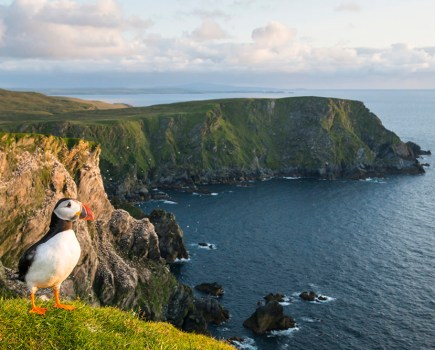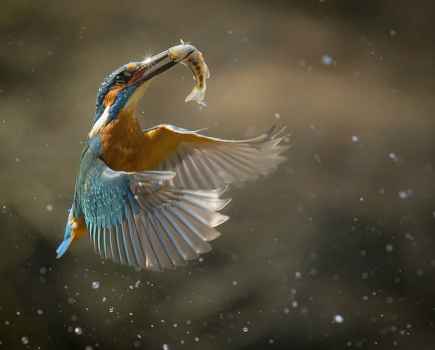Spring is nature’s rush hour. There is a hurry to create new life, with birds doing plenty of interesting things whether they are singing, fighting over precious territory, frantically courting or building the most intricate nests.
Claiming a territory, finding a mate and then rearing a family requires a huge amount of effort. Photographing these various stages requires a bit of planning and plenty of effort too, but it can be hugely rewarding.
My mantra, the ‘three Ps’ of patience, planning and perseverance, is never more pertinent than when photographing spring birds.
Top tips on photographing spring birds
1. Nests and young
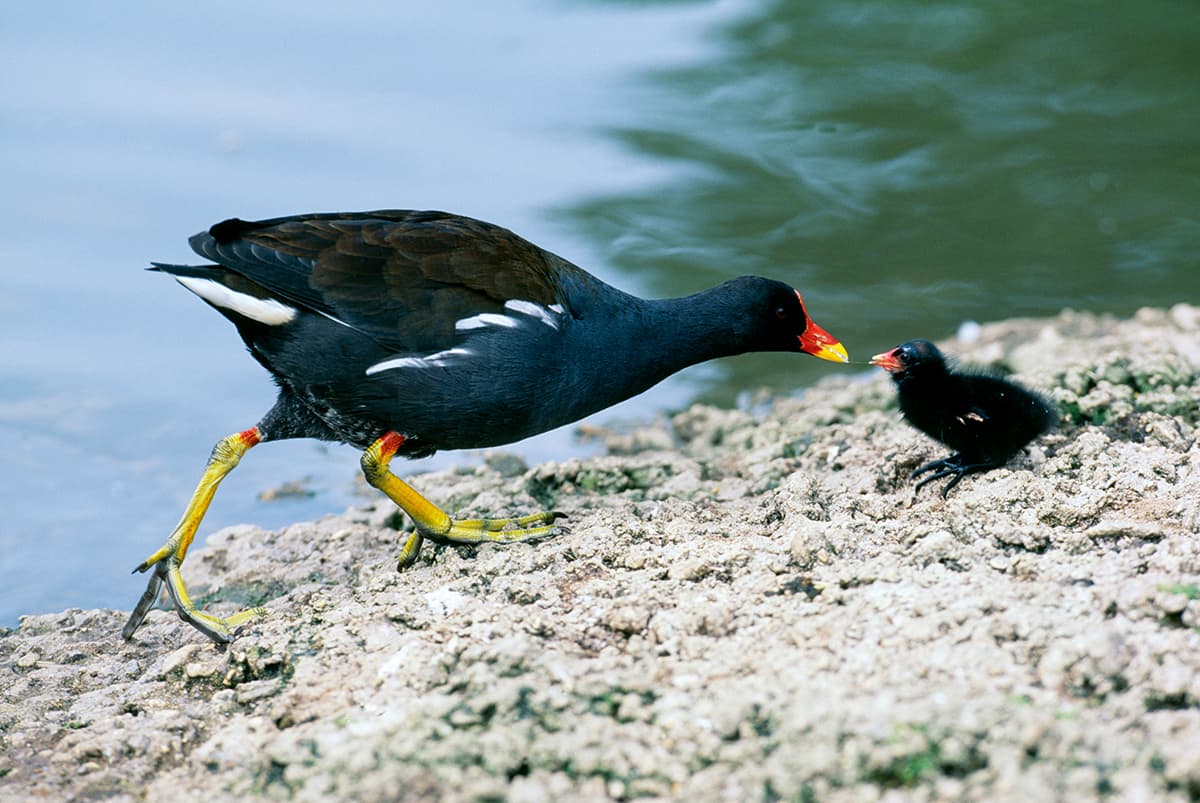
Later in spring, a return visit may offer opportunities to photograph birds on nests, or tending small young.
Moorhens and coots will repeatedly feed tiny chicks, tenderly passing on tiny morsels of food.
Mute swans are another great subject to follow during their breeding cycle. They give beautiful displays, often soon after dawn. Later in the breeding cycle, cygnets may be carried on a parent’s back or tended to in the nest. Visit Abbotsbury Swannery in Dorset for a cygnet-fest in May and June.
2. Courtship
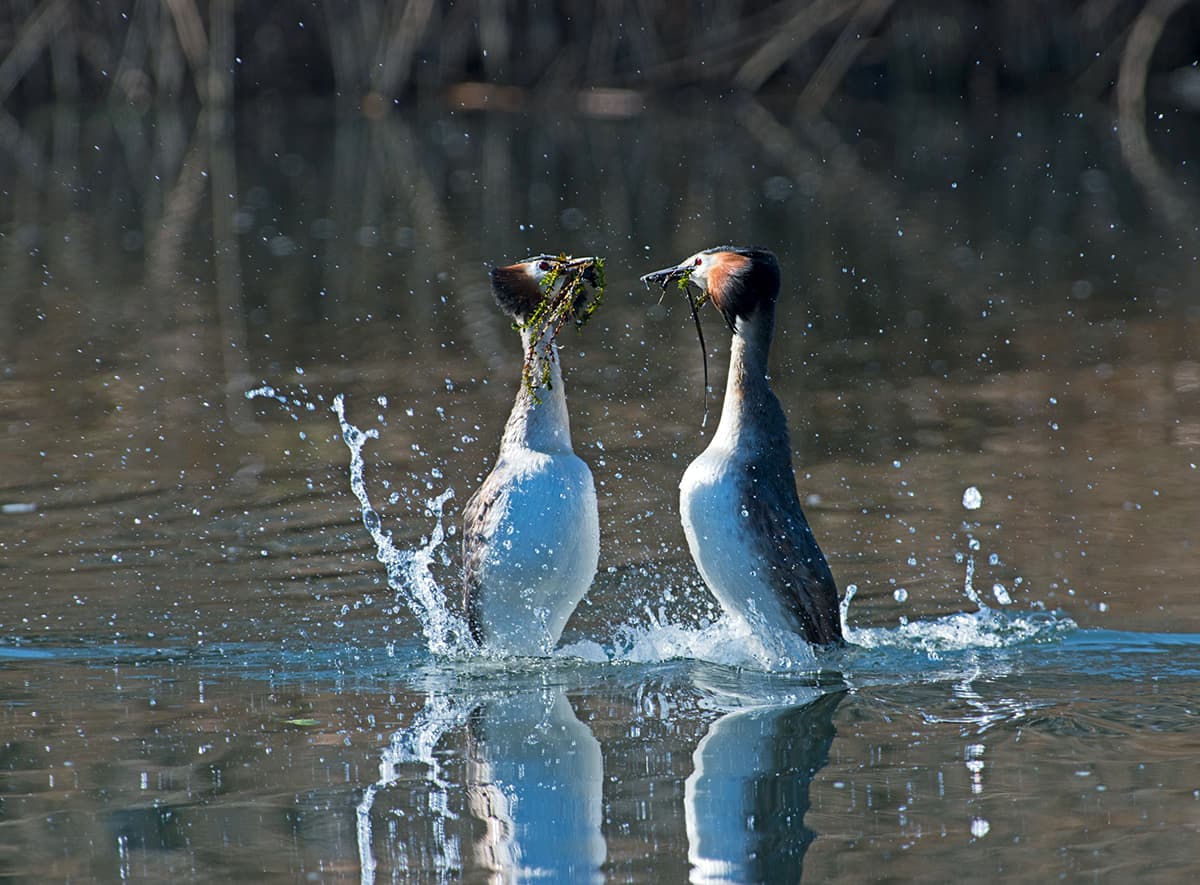
Some species perform spectacular courtship displays. The courtship dance of the great crested grebe is one of the most impressive. This species is widespread, but best photographed at locations where the birds are used to people. Check which bodies of water local to you have breeding grebes.
During a recent spring I spent a considerable amount of time photographing courting grebes and was rewarded, one afternoon, with a spectacular fight between rival males. A fast shutter speed and a deep depth of field were required to ensure both birds were kept in sharp focus.
Fights are common among many species of water bird in early spring. A trip to your local park lake or, even better, one of the Wildfowl & Wetland Trust Reserves such as Martin Mere near Liverpool, Gloucestershire’s Slimbridge or the London Wetland Centre, will get you close encounters with fighting coots, moorhens and ducks, all vying for a female’s attention or defending a territory.
Shooting as low to the water’s surface as you can will help you capture a more intimate, eye-catching image. For this reason, I often dress in an old coat and overtrousers, so I have no reservations about lying on the ground for a coot’s-eye view.
3. Early start
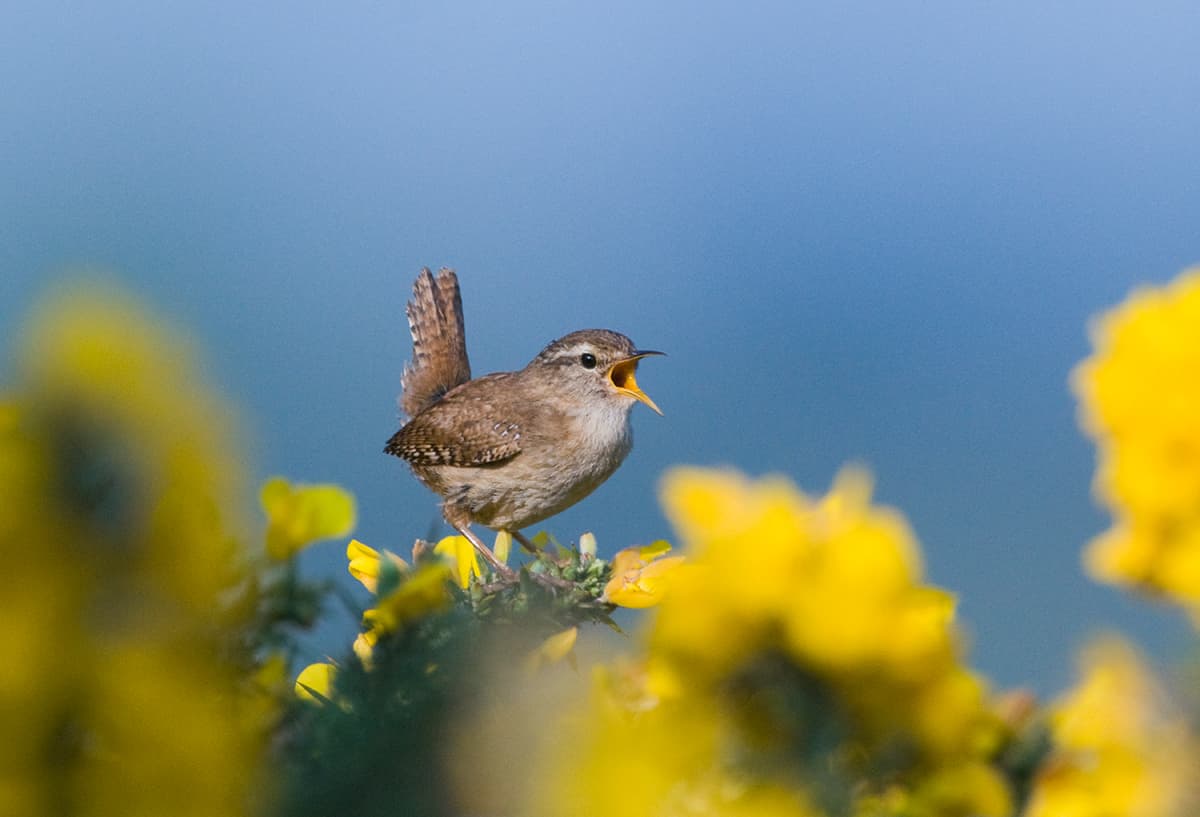
A lot of interesting activity occurs soon after dawn, so an early start will be rewarded. Photographing birds in song is challenging, but if you have a garden or local park, singing birds can often be approached, at least with care.
Birds are creatures of habit and so the exact spots they sing from, known as song posts, are revisited frequently. Waiting until the bird returns to a favourite spot can pay dividends. If your chosen subject is timid, try concealing yourself in some way; commercially sold bag hides can be a good idea. If you do find a tame songster on a cold morning, and the sun is low, try shooting into the light – you might just get a wisp of warm breath rising from the bird’s bill.
4. Seabirds
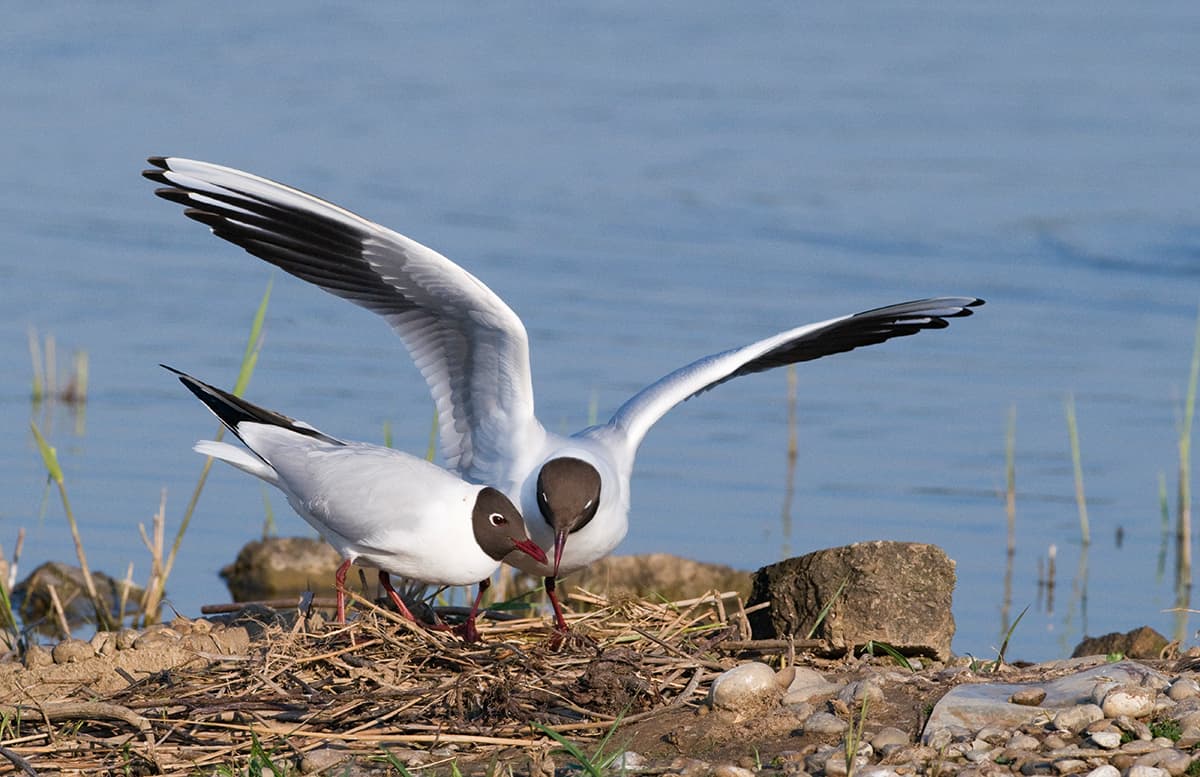
Britain’s seabird colonies are the envy of Europe. Most photographers visit them in summer when they buzz with life. However, an April visit to the Farne Islands, off the coast of Northumberland, offers pictures of eider ducks incubating eggs in their beds of down. They can be so close to a footpath that a wideangle can be used.
At RSPB reserves such as Minsmere in Suffolk and Lancashire’s Leighton Moss, black-headed gulls will be busy displaying and bringing in nest material. Similarly, gannets at colonies such as Bempton Cliffs in the East Riding of Yorkshire will be plucking vegetation from the cliff tops to line their nests and, on a windy day, will hang in the wind for flight shots.
These are just a few suggestions, because there are so many opportunities. Remember, the spring rush will soon be over. With such a short window of opportunity, before you know it summer will have arrived.
5. The swallow returns
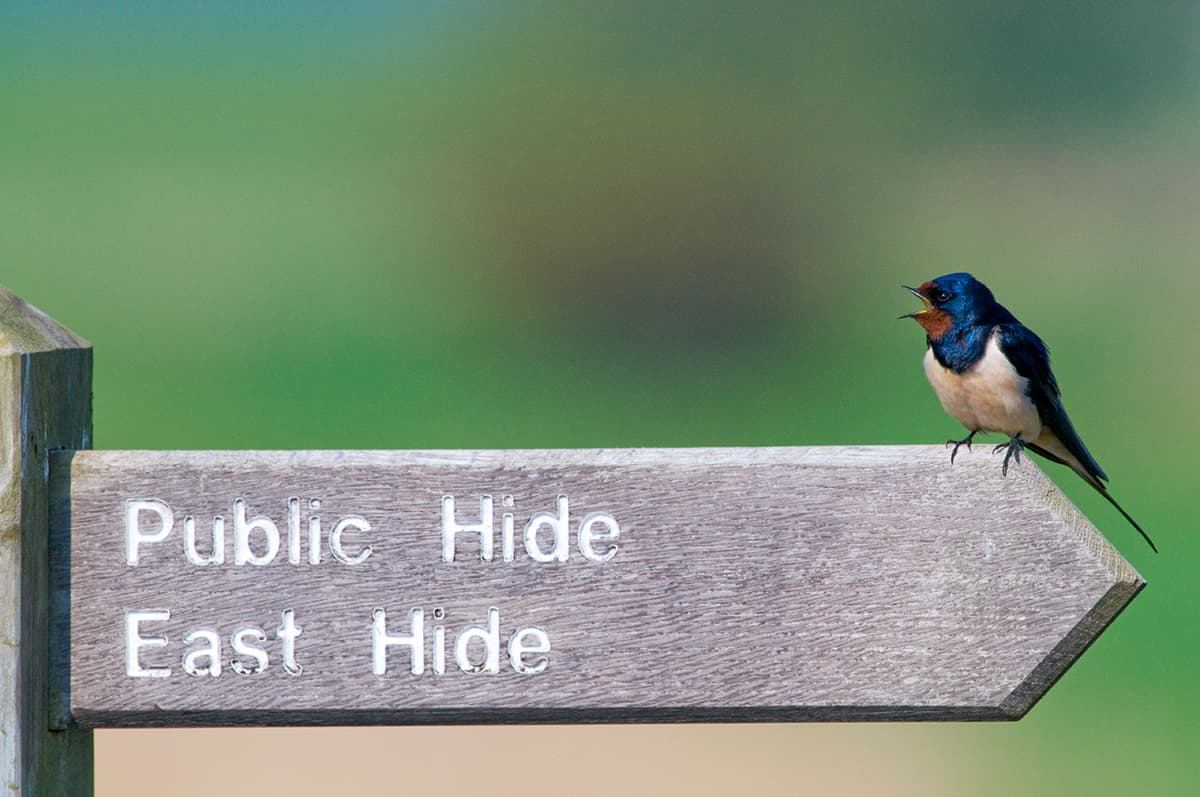
A feature on photographing birds in spring would not be complete without mentioning a species that epitomises the coming of the season for so many – the return of the swallow. This, like the mute swan, can be a great project to undertake when photographing a bird’s breeding cycle from start to finish.
On cold spring days, when insect life is lying low, swallows may congregate over areas of water, hawking for food.
Although challenging, flight photographs might be possible by prefocusing and firing a burst of shots as the bird appears in the viewfinder and, with luck, flies into focus. Swallows can nest in very public places. On some bird reserves around the country, they nest inside or even on the sides of hides, and so are very familiar with, and tolerant of, people.
David Tipling
One of the most widely published wildlife photographers in the world, David’s pictures appear on hundreds of book and magazine covers, and have been used from wine labels to being projected in New York’s Times Square; www.davidtipling.com





